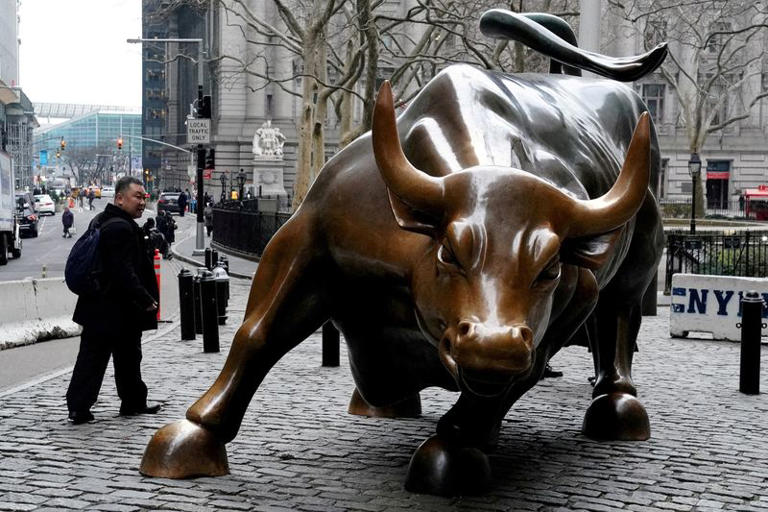The rush by investors to secure returns before an anticipated rate cut by the Federal Reserve is expected to fuel a continued rally in the U.S. corporate bond market, with some analysts predicting levels not witnessed in three decades.
Credit markets are experiencing a surge in buying activity as investors wager on the Fed’s ability to engineer a soft landing, curbing inflation without triggering a recession, followed by potential rate cuts later in the year to stimulate growth.
On March 21, credit spreads, the premium paid by companies over Treasuries, reached their narrowest levels in two years, standing at 91 basis points for investment-grade bonds and 305 basis points for junk-rated bonds.
Institutional investors like insurance companies and pension plans are witnessing a surge in client inflows seeking to capitalize on higher interest rates. This influx is driving demand for corporate bonds, but the market may struggle to meet the demand due to limited new issuance.
In the first quarter alone, investment-grade companies raised a record $538 billion, accounting for 40% of the expected $1.3 trillion bond supply for the entire year. This strong demand is evident in new offerings, which have been oversubscribed three to four times on average.
Drawing parallels to the mid-1990s, Morgan Stanley’s credit strategist Vishwas Patkar sees similarities in the current market conditions when credit spreads reached historic lows despite higher interest rates. He anticipates spreads could tighten to as low as 75 basis points, levels not seen since the 1990s, if a soft landing scenario materializes.
Bank of America strategists also expect spreads to narrow to around 80 basis points over the next month, nearing the levels touched in 2021, while maintaining a longer-term target of 100-120 basis points.
However, some investors caution that tighter spreads may signal less compensation for risk, particularly as the difference between credit spreads on bonds rated BBB and A narrows. This suggests that investors are not adequately pricing in macroeconomic risks.
To mitigate downside risks, investors like John Lloyd from Janus Henderson Investors are opting to underweight corporate credit, while Mike Griffin from Conning emphasizes diversifying investments across various asset classes, focusing on debt issued by high-quality companies to navigate market volatility.
The robust demand in the corporate bond market is expected to persist, driven by various factors contributing to strong market dynamics.
Insurance companies, in particular, are actively purchasing corporate bonds to align with a surge in liabilities stemming from increased sales of annuities. With higher interest rates fueling annuity sales, insurance companies are seeking fixed income assets, such as corporate bonds, to immunize their liabilities. This trend is underscored by the record-high U.S. annuity sales of $385.4 billion in 2023, representing a significant 23% year-over-year increase, as reported by industry body LIMRA.
Furthermore, pension funds are also looking to hedge their liabilities by potentially reallocating assets from equities to fixed income, contributing to the demand for corporate bonds.
Another factor bolstering demand is the reinvestment of coupons paid by companies on their existing bonds. Goldman Sachs estimates that investment-grade and high-yield rated bonds will yield total coupon payments of $463 billion in 2024. If these payments were reinvested, they would absorb approximately 77% of the expected $600 billion net issuance of bonds this year.
JPMorgan strategists highlighted the continued dominance of strong technical factors in driving market dynamics, emphasizing overwhelming demand for investment-grade credit alongside a gradual easing of supply from the record pace observed previously. As a result, they adjusted their year-end spread target for investment-grade bonds downward by 30 basis points to 95 basis points, reflecting the ongoing favorable market conditions.
